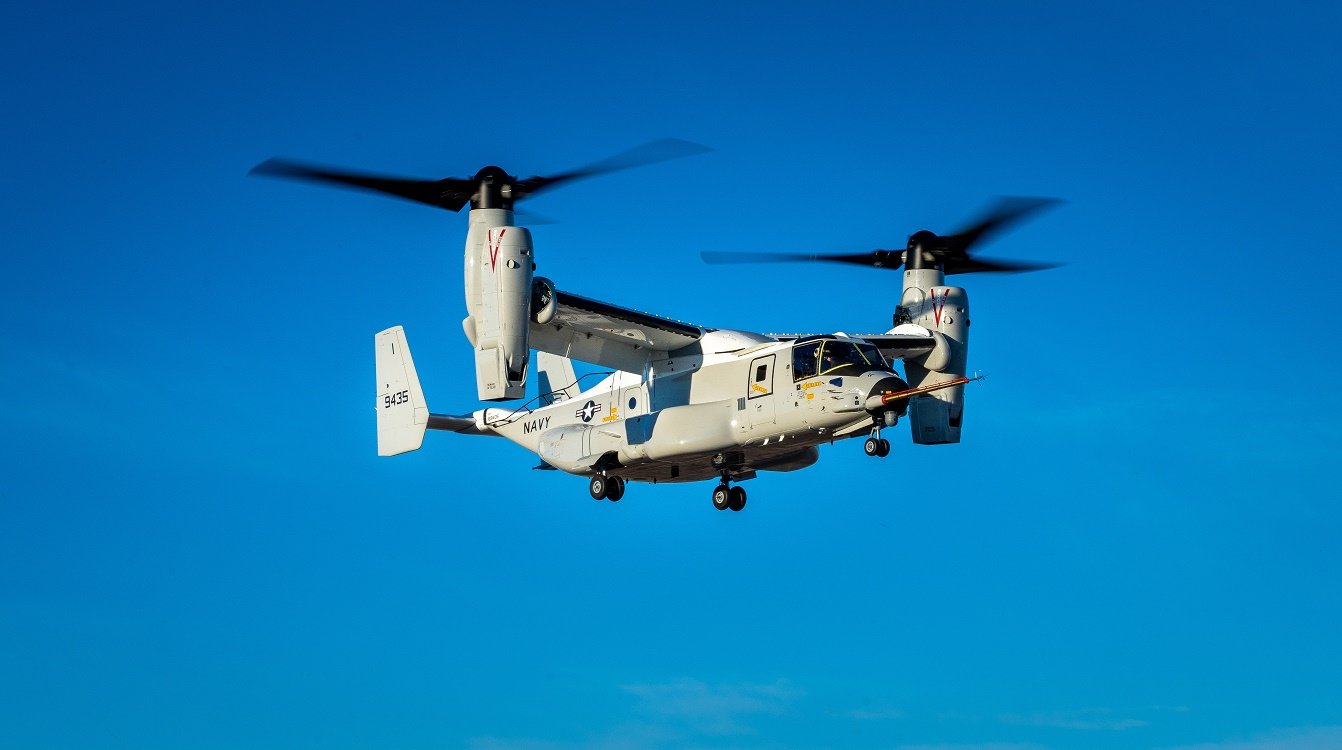In a recent video shared by the Defense Ministry, Indonesia’s Deputy Minister of Defense explained why the country was not going ahead with the planned acquisition of Bell-Boeing V-22 Osprey tilt-rotor aircraft.
The video, posted on January 20, featured Deputy Minister of Defense of Indonesia Muhammad Herindra, providing insights into the nation’s defense procurement process.
Herindra pointed to the recent purchase of fighter aircraft by Defense Minister Prabowo as an example and illustrated how procurement includes weapons and systems tailored to air dimension requirements.
Wakil Menteri Pertahanan M. Herindra menjelaskan mekanisme pengadaan alutsista oleh Kemhan, yang secara prinsip mengakomodir pengajuan dari Mabes TNI dan Angkatan. pic.twitter.com/t6T6nsFRUR
— Kemhan RI (@Kemhan_RI) January 20, 2024
He pointed out that acquiring a defense system is not solely about obtaining equipment but also involves investing in support systems and infrastructure, making it a costly endeavor.
One significant revelation came when the Deputy Minister disclosed that a past request, likely from the army, had been made to purchase the V-22 Osprey.
In 2020, the US State Department cleared Indonesia to buy up to eight V-22s from Bell-Boeing for a cost of around $2 billion.
The V-22, though expensive, is capable of offering invaluable logistics benefits for Indonesia’s expansive archipelago, with its ability to carry significant loads at turboprop speeds and execute near-vertical takeoffs and landings.
However, after a thorough evaluation by the MoD, it was determined that the acquisition would be “too expensive.” As a result, the choice was made to refrain from going ahead with the acquisition, revealed the Minister.
Additionally, he pointed out that the aircraft has recently been subject to grounding.
“After MoD evaluated the request, it was too expensive, and now/recently the aircraft is grounded…Thus, it’s a good thing we decided not to buy it”,” remarked Deputy Minister Herindra in the video.
A History Of Mishaps
Despite impressive production figures for V-22 aircraft, global acceptance of this distinctive aircraft has proven challenging, with the Japan Ground Self-Defense Force being the sole operator of 14 V-22s outside the United States.
Other interested parties, including Australia and Israel, have abandoned their plans due to the MV-22’s high acquisition and operational costs, coupled with less-than-ideal readiness figures throughout its operational history.
In late November, a CV-22B Osprey met with tragedy off the coast of Japan during what should have been a routine training flight en route to Okinawa. This incident resulted in the loss of eight lives, all members of the Air Force Special Operations Command.
The aftermath prompted an immediate grounding of this particular Osprey type worldwide, reflecting the gravity of the situation and the need for a thorough investigation.
That incident marks the latest in a distressing chronicle of three decades of fatal mishaps involving US-owned Ospreys. Service members have suffered injuries or lost their lives in various accidents around the world.

In October 2023, a Marine faced injury as a Marine Corps MV-22B Osprey experienced a hard landing during a training event in Nevada.
September 2023 witnessed a disconcerting series of events when three Marine Corps Ospreys deviated from their scheduled flight paths within a single week due to caution indications in the cockpit.
In August 2023, an MV-22 Osprey crashed on a north Australian island during a multinational training exercise, claiming the lives of three Marines.
Notably, in October 2022, an MV-22B Osprey experienced an onboard fire while attempting to land in San Diego, fortunately without any reported casualties.
During the summer of 2022, Air Force Special Operations Command’s CV-22 Osprey aircraft faced two instances of hard clutch engagement problems.
In June 2022, a fatal crash claimed the lives of five Marines, with a subsequent Marine Corps investigation attributing the tragedy to a clutch problem.
In March 2022, an MV-22B Osprey was involved in a fatal crash near Bodo, Norway, resulting in the tragic loss of four Marines. Marine Corps aviation investigators investigated the incident and attributed the crash to pilot error.
September 2017 witnessed two service members sustaining injuries when a Marine MV-22B made a hard landing in Syria. In August 2017, off the coast of Queensland, Australia, three Marines lost their lives in a devastating MV-22B Osprey crash.
Moving back in time, May 2015 brought to light a crash in Hawaii involving an MV-22B Osprey. Marine Corps officials determined that decisions made by pilots in low-visibility conditions contributed to the tragic incident, leaving two dead and 20 injured.
June 2012 saw five airmen sustaining injuries when a CV-22 was destabilized by the wake of another Osprey near Hurlburt Field, Florida, highlighting the intricate operational dynamics of these aircraft.
In April 2012, during a bilateral exercise in a Royal Moroccan military training area southwest of Agadir, Morocco, an MV-22 Osprey crash claimed the lives of two Marines and severely injured two others.
In April 2010, an Osprey accident near the city of Qalat in Zabul Province, Afghanistan, resulted in the tragic loss of four lives and injuries to 16 of the 20 onboard.
In April 2000, an MV-22 Osprey crash at Marana Regional Airport in Arizona claimed the lives of 19 Marines, underscoring the constant challenges associated with Osprey operations.
- Contact the author at ashishmichel(at)gmail.com
- Follow EurAsian Times on Google News